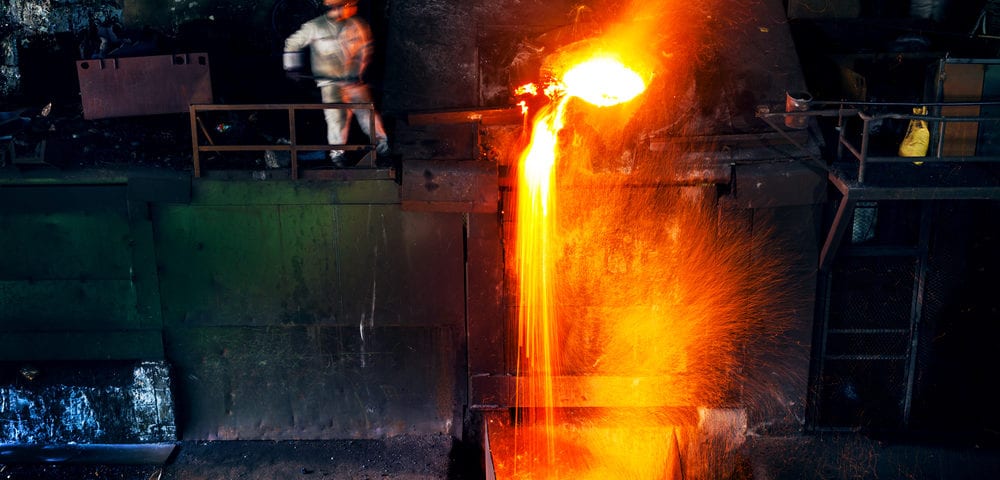Basics on Metal and Steel Quenching Processes, Part 2

Basics on Metal and Steel Quenching Processes, Part 1
June 14, 2019
Steel Tube Telescoping Process Basics and Purpose
June 26, 2019In part one of this two-part blog, we went over some of the basics and applications of the metal and steel quenching process. This process, which includes heating a metal up to a high temperature before rapidly cooling it in one of several media options to help alter its properties, can be used in several different areas.
At Wasatch Steel, we’ll help you understand how quenching or other heat treatment processes can impact any of your steel materials, from steel plate and pipe to steel tube and many others. In today’s part two of our series, we’ll dig into the four most common media types used for the cooling process during metal quenching, plus which might be right for your next project.
Air
Air is perhaps the most common media used to cool metals during quenching, and its affordability is one of the primary reasons why – there’s plenty of air to go around, and its cost tends to range from absolutely nothing at all to very low for certain air treatment processes. In fact, certain quenching products can be quenched in nothing but room temperature air.
In most cases, though, air will be compressed and forced around the metal in question. This will lead to the compressed sections cooling faster than others. It’s important to note, though, that if cooling speed is the primary desire for your quenching project, air usually isn’t the best media choice.
Water
For a much faster quenching process than air, water is often used instead. This involves lowering the metal in question into a tank filled with water, or in other cases might be done by flushing the water through a given metal piece. Water is a great material not only due to its quenching speed, but also due to the lack of flammability risks it provides during the process.
Oil
Oil is also a faster quenching material than air, though not quite as fast as water in most cases. The process for oil will be pretty similar to water: Submerging the metal piece into a tank filled with a few different potential oil types – which type you choose will depend on the specific application needed, as different oils will cool at different rates.
Brine
Finally, some projects use brine as the quenching media. This refers to a combination of water and salt, and provides the single fastest cooling process of any material we’ve named here so far. Salt and water together prevent air globules from forming during the quenching process, meaning more of the metal surface will be covered with the cooling liquid rather than these air bubbles, cooling it faster.
For more on the various media types used to quench metal or steel, or for information on any of our steel services, speak to the staff at Wasatch Steel today.



